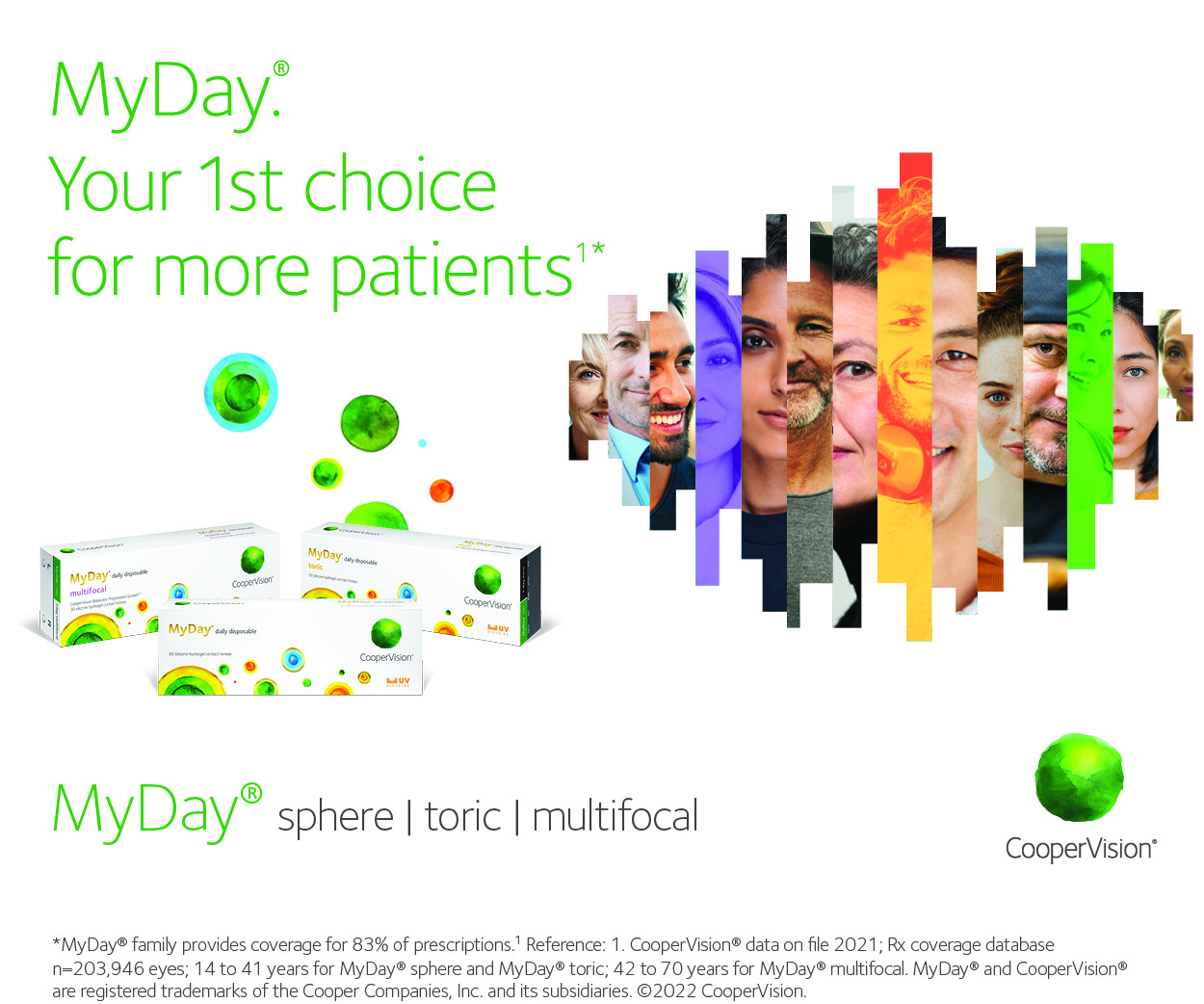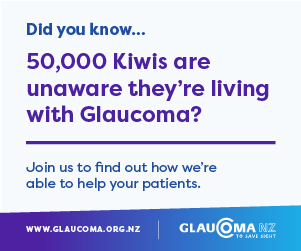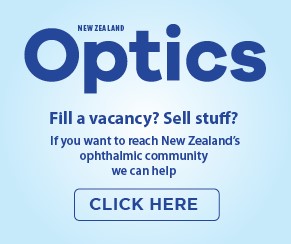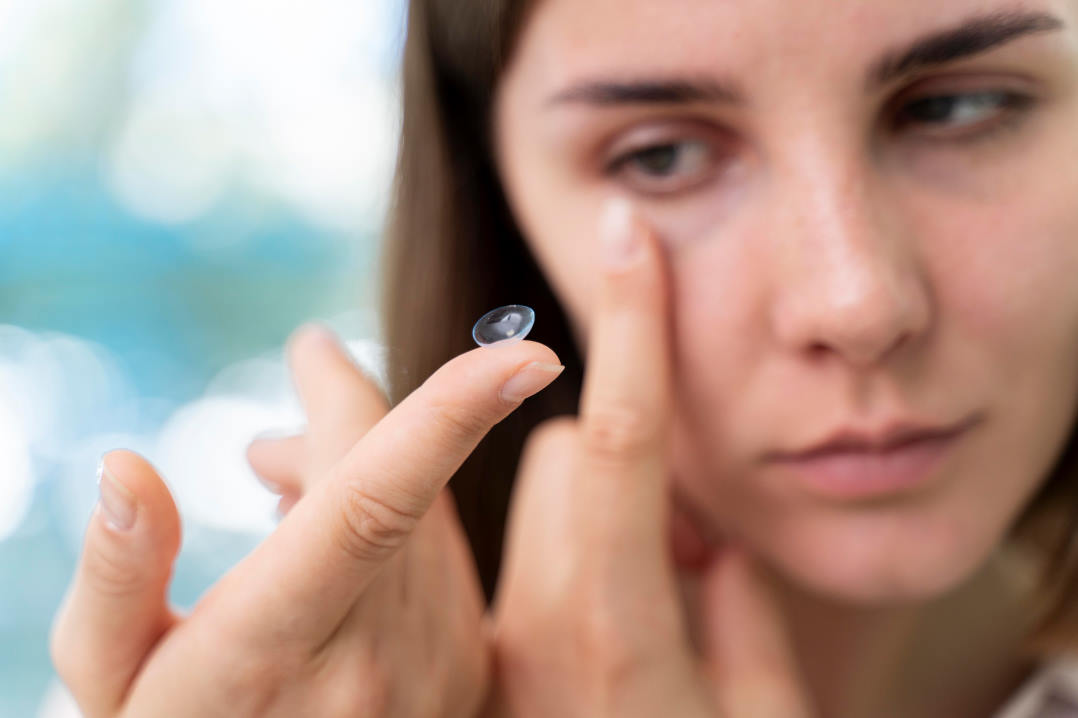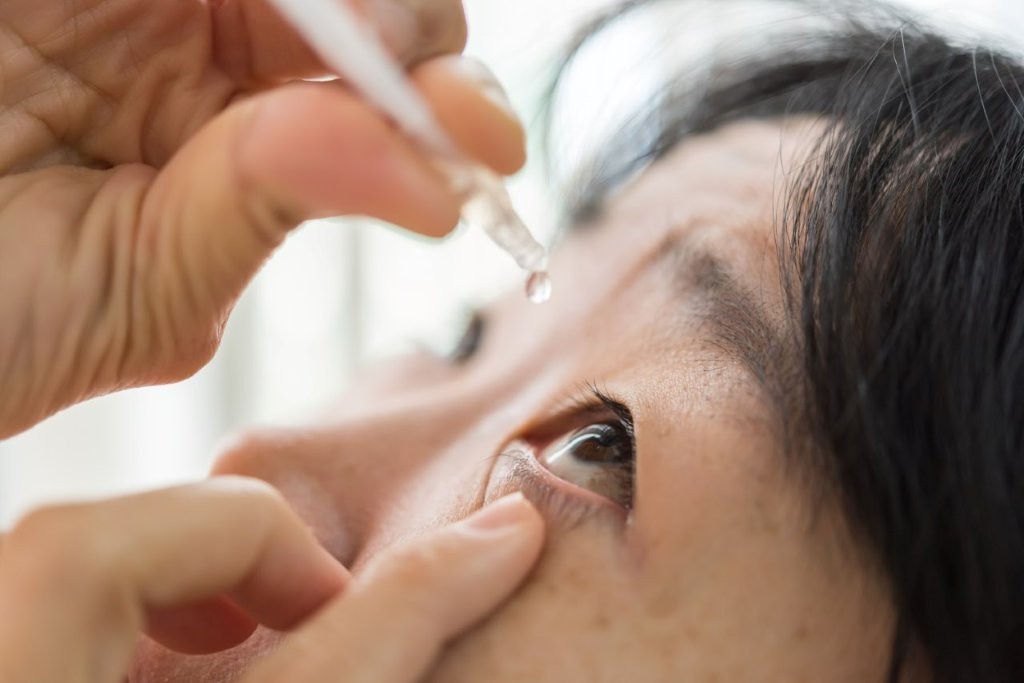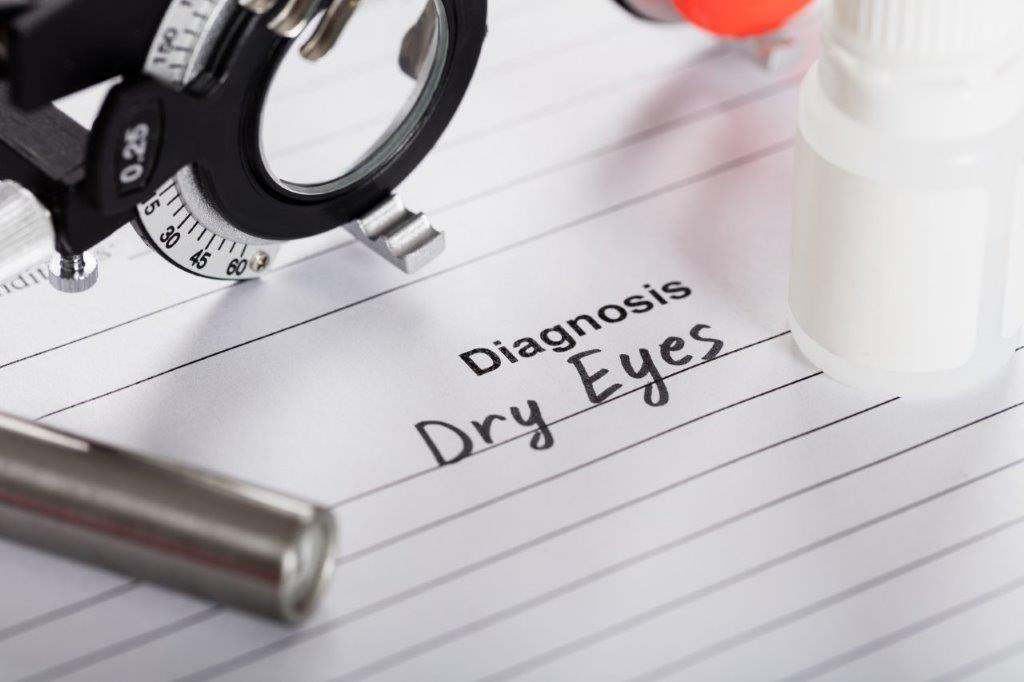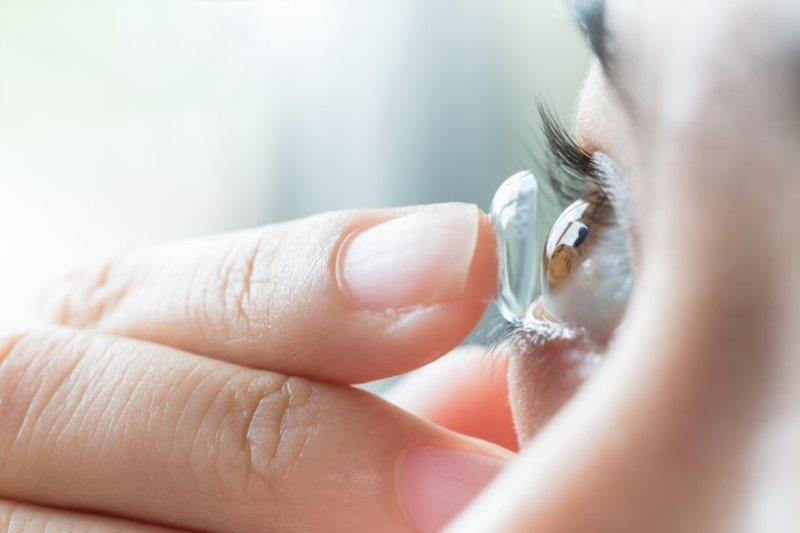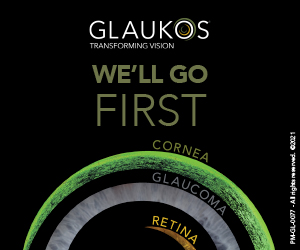The clinical utility of ciclosporin in DED management
Until 2023, despite the commercial availability of topical ciclosporin as Restasis (0.05%) in the US since 2003, and in other forms in Europe since 2015, New Zealand was reliant on compounded ciclosporin for patients with severe, inflammatory dry eye, such as those with Sjögren’s disease. I practise in Australia, where commercial ciclosporin products first received TGA approval in 2020. This is my perspective on the clinical utility of this immunomodulator for dry eye disease (DED).
Managing deficiency of the aqueous layer of the tear film in aqueous-deficient dry eye (ADDE) has always been a challenge. After the first TFOS DEWS report identified the significant contribution of meibomian gland dysfunction to evaporative dry eye (EDE), there followed a plethora of new products and treatment options for addressing tear lipid layer deficiency. What saw less attention were the new options for the aqueous tear component for patients with either pure ADDE or mixed DED, with elements of both ADDE and EDE.
Historically, when copious topical lubricants or punctal plugs failed, I would turn to compounded topical ciclosporin. This was not ideal as the drops were difficult to obtain and expensive for patients, who would also frequently have reactions to the oil or aqueous carrier.
Since the arrival of Cequa (0.09% ciclosporin; Sun Pharmaceutical Industries) in Australia, followed by Ikervis (0.1% ciclosporin; Santen), my prescribing habits have changed significantly. Commercial ciclosporin has unique delivery systems ensuring better drug delivery and improved efficacy and the preparations are preservative-free. For some patients, in Australia at least, they are available with a government Pharmaceutical Benefits Scheme subsidy. Even for private patients, the cost is not prohibitve and availability is not restricted, essentially being obtainable at every local pharmacy.
Having been focused on treating moderate-to-severe DED since 2006, I would estimate that ciclosporin plays a role in helping upwards of 40% of the DED patients in my clinic. The clinical pearls I’ve gathered in that time can be distilled down to accurate patient communication, understanding the drug efficacy and appreciating the role of steroids in preparing the ocular surface.
Patients need to be educated that ciclosporin may not improve their symptoms for a period of three or even six months. So I recommend they commit to 12 months of treatment and advise that stinging at the instillation site is common. I’ve also found that a topical steroid pulse for two to four weeks before commencing ciclosporin greatly improves drug acceptance and, ultimately, compliance.
Cequa was approved for use by Medsafe in February 2023 and currently remains the only commercially available ciclosporin product in New Zealand.

Jason Holland is a therapeutic optometrist with a wealth of experience in managing dry eye disease. He is founder of the Dry Eye Clinic at the Eye Health Centre in Brisbane and co-founder and current president of the Dry Eye Society of Queensland. Holland was Optometry Australia’s 2018 Queensland optometrist of the year.





